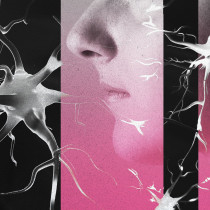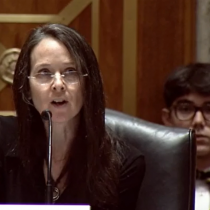How Algorithms Could Help Keep People Out of Jail
Steve Leifman knew Miami-Dade’s courts had a problem. Ten years ago the longtime jurist realized that his county was putting too many people with mental health problems in jail. So he set up a psychiatric training program for 4,700 police officers and a new system to send people to counseling. The incarcerated population plummeted; the county shut down an entire jail.
But Leifman thought they still weren’t doing enough. So he asked the Florida Mental Health Institute to look at intake data for the county’s jails, mental health facilities, and hospitals and figure out who was using the system. It turned out that over five years, just 97 people with serious mental illnesses—5 percent of the jail population—accounted for 39,000 days in jails and hospitals. By themselves they had cost Miami-Dade $13 million. “This population was really hitting the system hard, without any good outcomes for them, society, or anybody,” Leifman says.
Across the country, jails and prisons have become repositories for people living with mental health issues. More than half of all prisoners nationwide face some degree1 of mental illness; in 20 percent of people in jails and 15 percent in state prisons, that illness is serious. Local criminal justice systems have to figure out how to care for these potentially complex patients—and how to pay for it.









































































